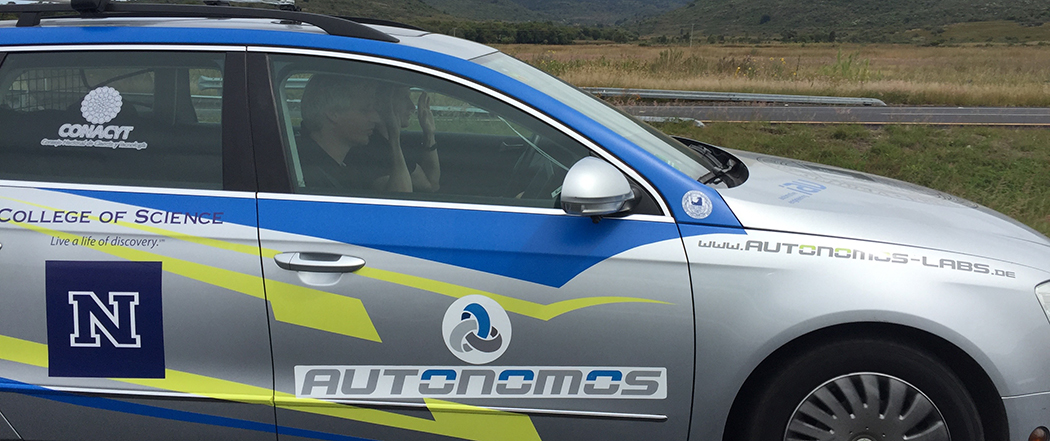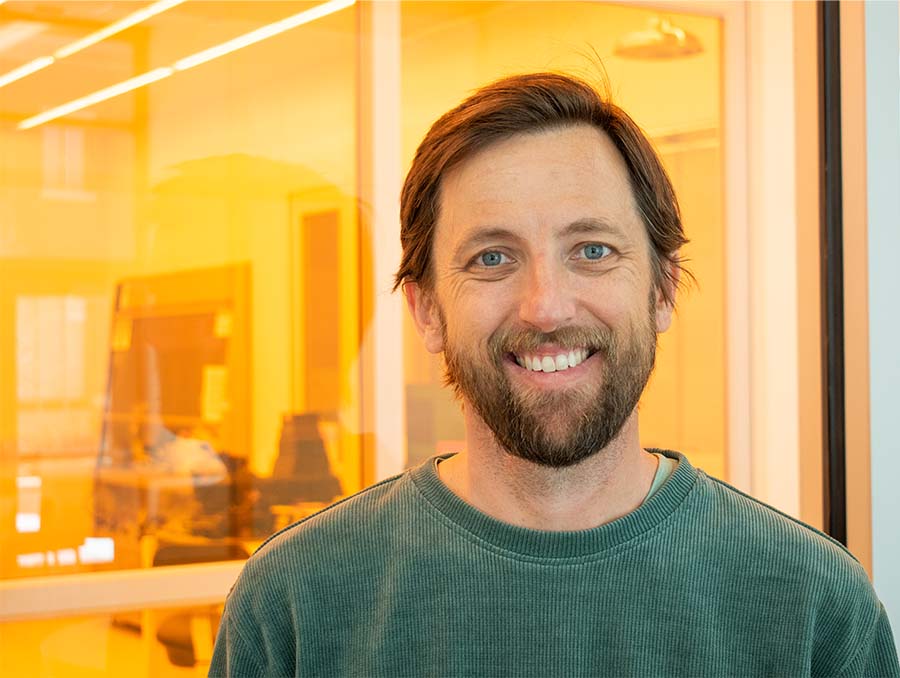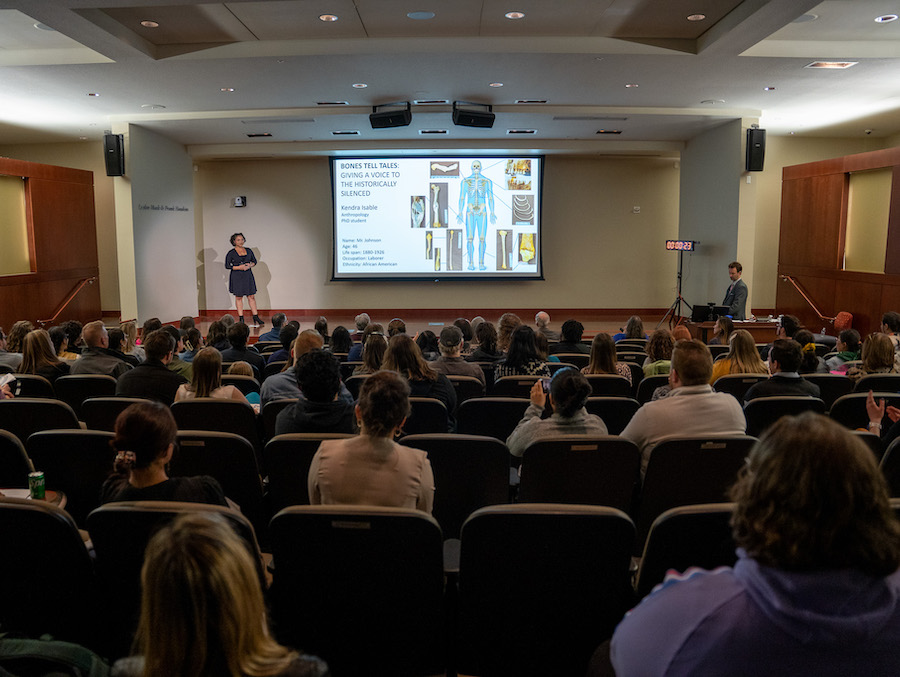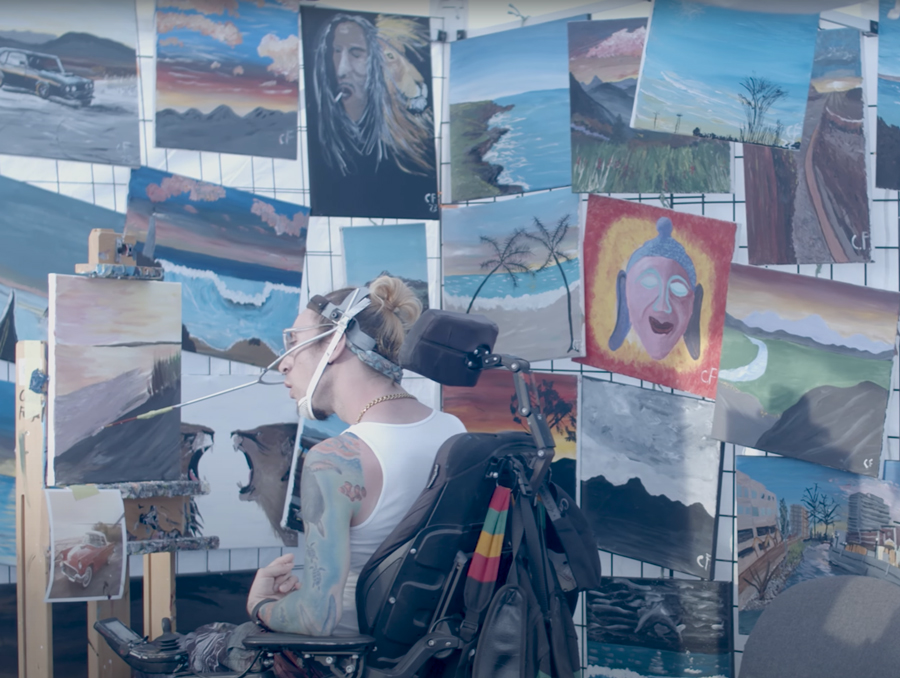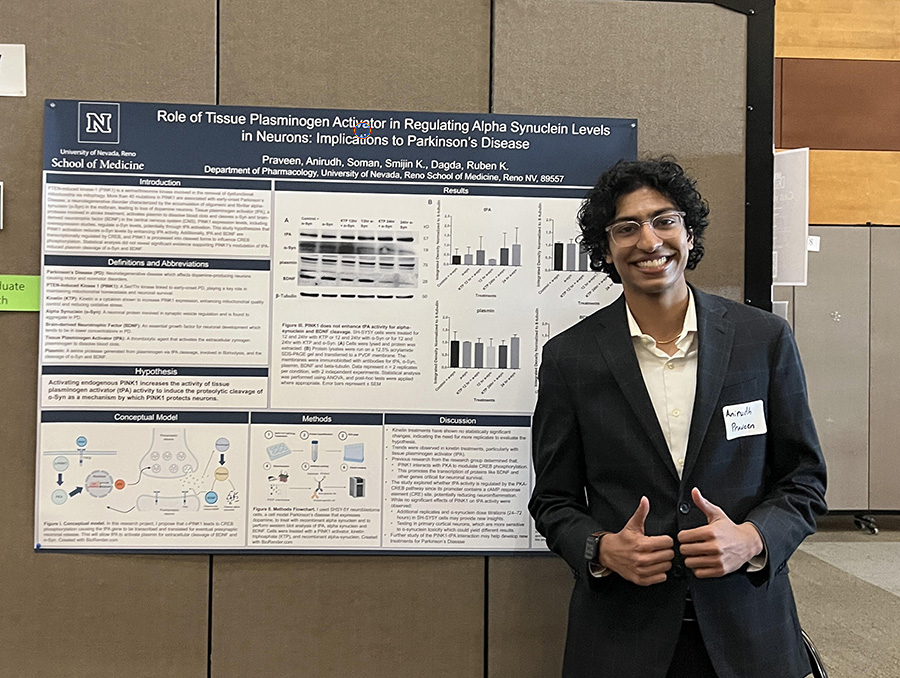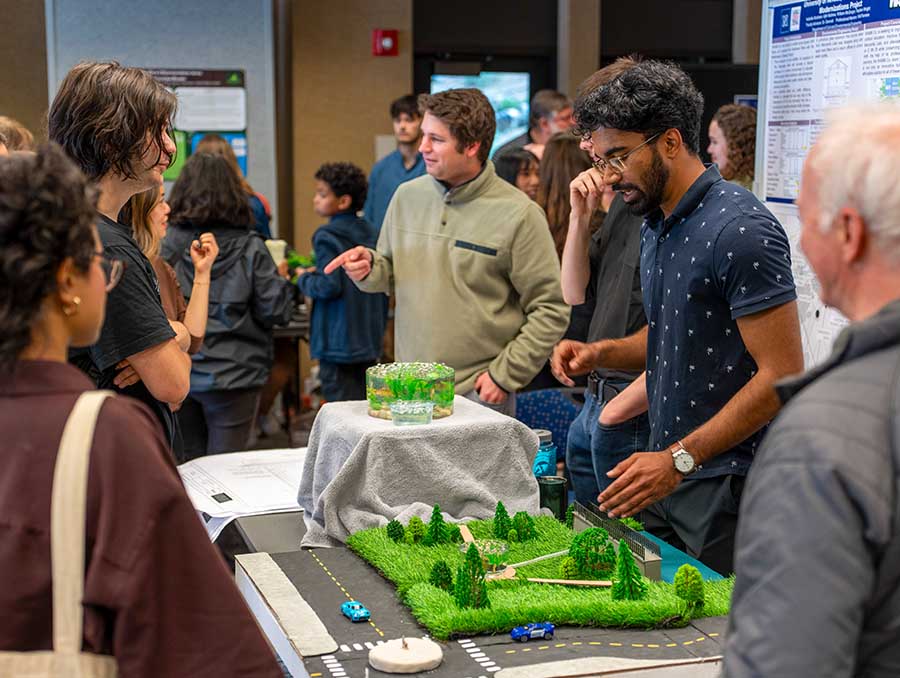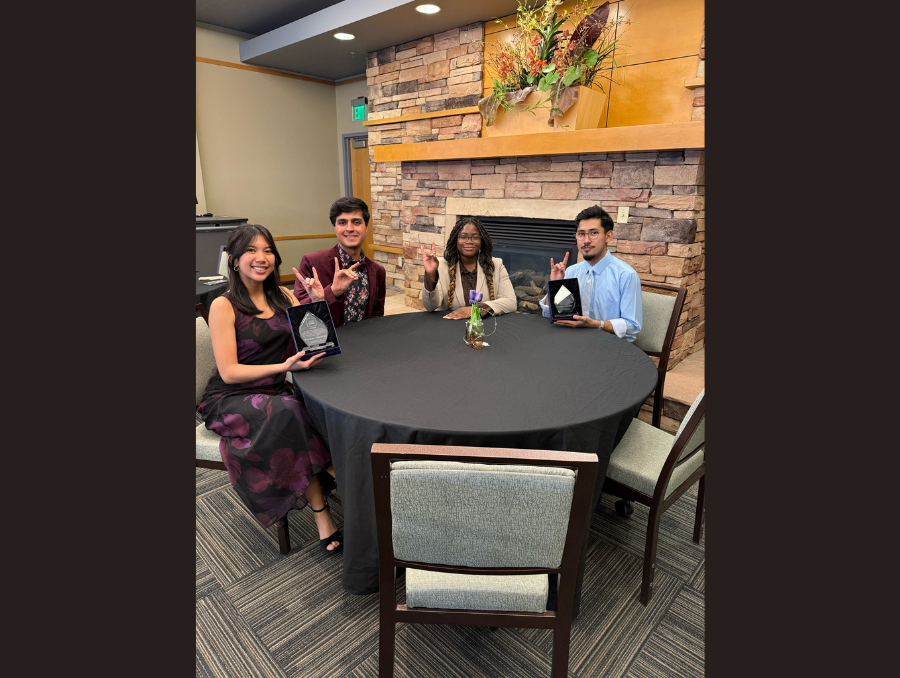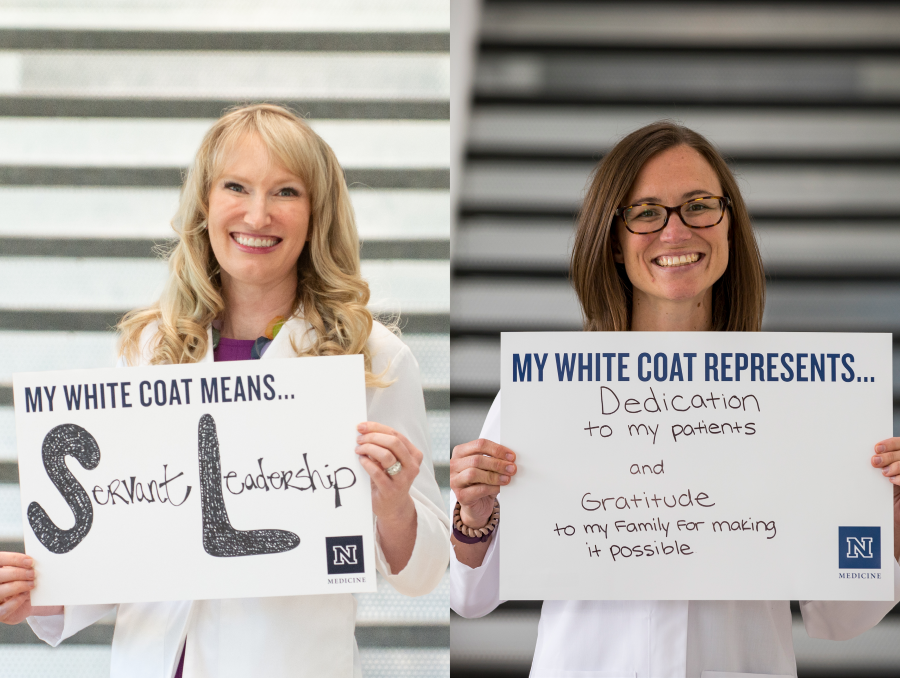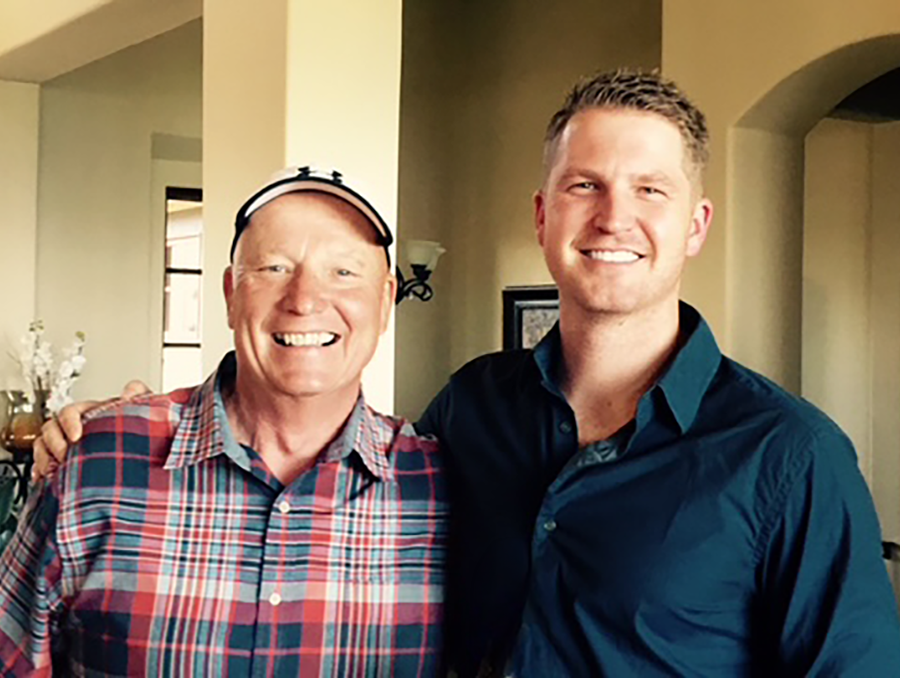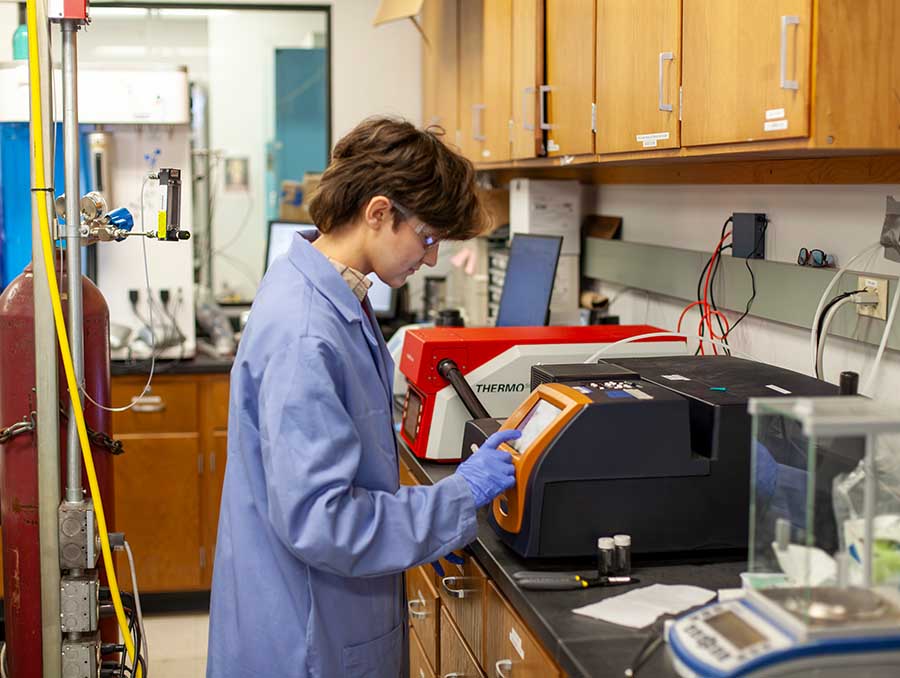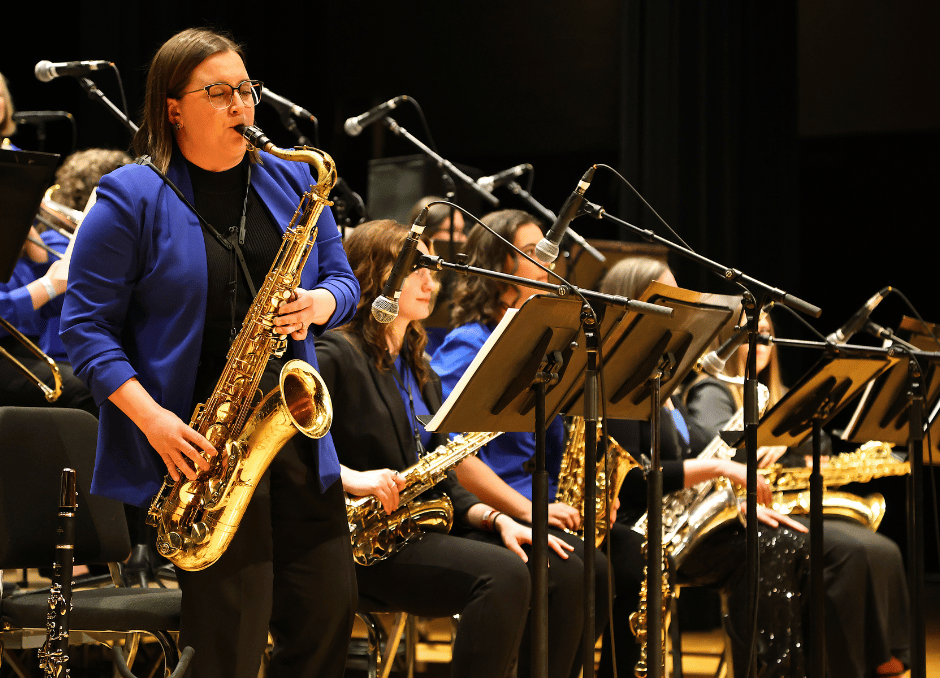Admit it, you've tried driving, at least for a very short time, with no hands on the steering wheel. Professor Raul Rojas of the University of Nevada, Reno just drove 1,500 miles without hands - from the U.S. border at Nogales to Mexico City - in his autonomous car. It is the longest-ever autonomous drive in Mexico.
With several terabytes of data describing the highways, and with specialized software, the onboard computer guided the car on city streets and highways through the Sonoran Desert, along the west coast of Mexico, up to Guadalajara and then to its final destination of the National Polytechnic University, Instituto Politecnico Nacional, in Mexico City.
"This is a new challenge, a next step to learn and develop systems, to learn ways to solve new problems for driverless cars," Rojas, who holds a joint appointment with Freie University of Berlin in Germany, said. "Most of the trip was highway, but there are many different issues such as construction sites, urban areas in between, potholes and so on. In the case of the Mexican highway, there is construction work and potholes in around 5 percent of the segments."
This trip along Mexico's Highway 15 sets, by far, a new personal best for Rojas, as his autonomous car, a 2010 Volkswagen Passat Variant, had already driven 190 miles round trip between Berlin and Leipzig, Germany. The car is equipped with a highly precise GPS system and specialized equipment that allows it to follow a pre-set route, and then drive on its own with other systems controlling speed, direction and braking. A roof antenna receives GPS satellite signals from which a computer calculates the position of the car on the earth's surface.
In March 2015, Rojas joined the College of Science at the University of Nevada, Reno as a professor focusing on intelligent systems, robotics, self-driving cars in the Department of Mathematics and Statistics. He came to the University by way of a Visiting Fellowship at the Center for Information Technology Policy at Princeton and Freie University where he has been a professor of artificial intelligence and robotics.
A Driving Laboratory
Rojas and his team began instrumenting autonomous cars in 2006 at Stanford and Rice University. The car, named Autonomos, is a driving laboratory. It has been equipped with seven laser scanners, nine video cameras, seven radars and a highly precise GPS unit. Not all sensors are used simultaneously. The researchers can switch sensors on and off and can then test the behavior of the car under different circumstances.
Rojas' three autonomous vehicles have been licensed in Berlin for city traffic since 2011, and they have been cruising the streets of Berlin ever since. In the next years, he will be cruising the streets of Reno and various points around the west.
After the Volkswagen Passat's arrival on campus a month ago from Berlin, where Rojas had been conducting research at Freie University, the team mapped the complete route from Reno to Mexico City, gathering GPS data and integrating speed limits and other factors into the software.
Before leaving on the mapping expedition, the sensors, laser scanners and imaging systems were reconnected and tested at the University of Nevada, Reno's Applied Research Facility. A couple of days later Rojas and his graduate student were on the road. They covered about 4,000 miles gathering data in six days of driving through Nevada, California, Arizona and Mexico. They then spent 10 days of computer processing and checking data in the lab to make sure the programs didn't have any glitches.
"Autonomous cars require special maps in order to operate safely, maps in which the number of lanes, the structure of the highway markings and also the position of exits, intersections and possibly of traffic lights are marked," Rojas said. "Such maps are not commercially available for all countries, and therefore every autonomous car project still has to produce its own maps."
Rojas had initially planned to make a continuous drive from Reno to Mexico City, but decided to complete the Mexico leg of the trip first.
Rojas' team for the Mexico drive includes three colleagues from Germany, Fritz Ulbrich and Daniel Göhring of Freie Universität Berlin and Tinosch Ganjineh of Autonomos GmbH, an autonomous-vehicle research company.
Arriving in Mexico Oct. 12, they downloaded the data into the car and took it for a test drive in preparation for the trip.
"We started at Nogales," Rojas said. "We covered 250 to 300 miles daily, so it took a week to arrive to Mexico City. Some parts of the highway were scary, but we had no important safety incidents. The Federal Highway 15 in Mexico goes through a few big cities, such as Guadalajara. A significant issue is the absence of lane markings in long segments of the highway that have been just repaved after damaging Pacific thunderstorms over the summer."
Safety Drivers
The team took turns as safety drivers: one to watch the road and one to watch over the computer and navigation systems. The copilot can see on a screen what the car is planning to do in order to provide additional safety. Two team members followed in a support vehicle.
"We drove each day as long as the drivers could stay alert; we never push through long days," Rojas said. "We have to watch the road, the controls and the car's performance."
The team downloaded and backed-up the system every day to ensure accuracy. The autonomous system adjusts the vehicle's speed to always maintain an adequate braking distance to vehicles and obstacles in front of it.
Experiences from this trip will be used as Rojas and his team continue to improve autonomous systems.
Rojas is working to build autonomous vehicle systems that will perform in any situation the car may encounter and ultimately become the transportation system of the future.
"One important aspect to be considered is predicting the behavior of other drivers and pedestrians," he said. "This is especially relevant in cities. If a human can drive with two eyes, I am sure that we will be able to drive autonomously with a computer the size of a notebook and just a handful of video cameras in just a few more years."
"Raul exemplifies our philosophy of living a life of discovery, pushing the boundaries of science to apply transformational ideas for the betterment of society," Jeff Thompson, dean of the College of Science, said. "He doesn't just look five years ahead, but 10 and 20 and 50 years. He thinks in leaps and bounds beyond where we are today."
Rojas has been developing intelligent systems since 1986. His team of soccer robots at Freie University won the World Championship in 2004 and 2005. He is member of the Mexican Academy of Sciences and is the recipient of Berlin's Technology Prize for 2008. He is also the recipient of the Gold Medal of Science and Technology of Mexico City. He attended the National Polytechnic Institute in Mexico City, where he majored in mathematics and physics.
Rojas has taught in Palo Alto, Houston, Berlin, Vienna and Mexico City. He has offered courses about economics, mathematics and computer science spanning from functional programming, artificial intelligence, architecture of symbolic machines and pattern recognition up to seminars on quantum computing, simulation of biological neurons and fractal geometry.
Video of the autonomous drive can be viewed here: https://youtu.be/zRmN4a5kbu8.
